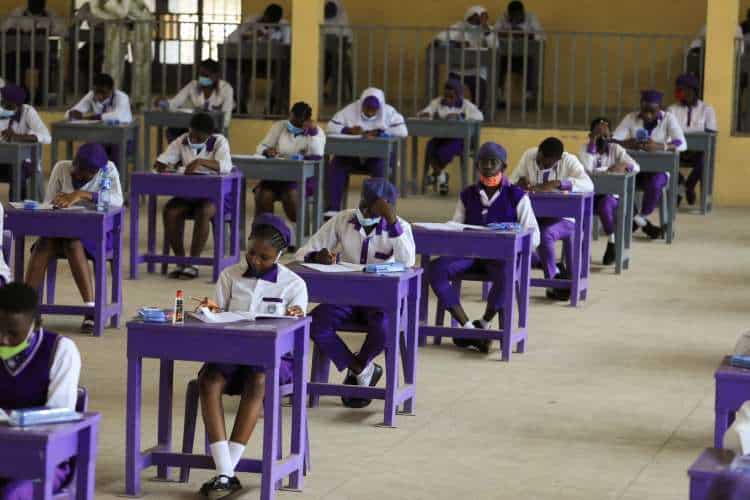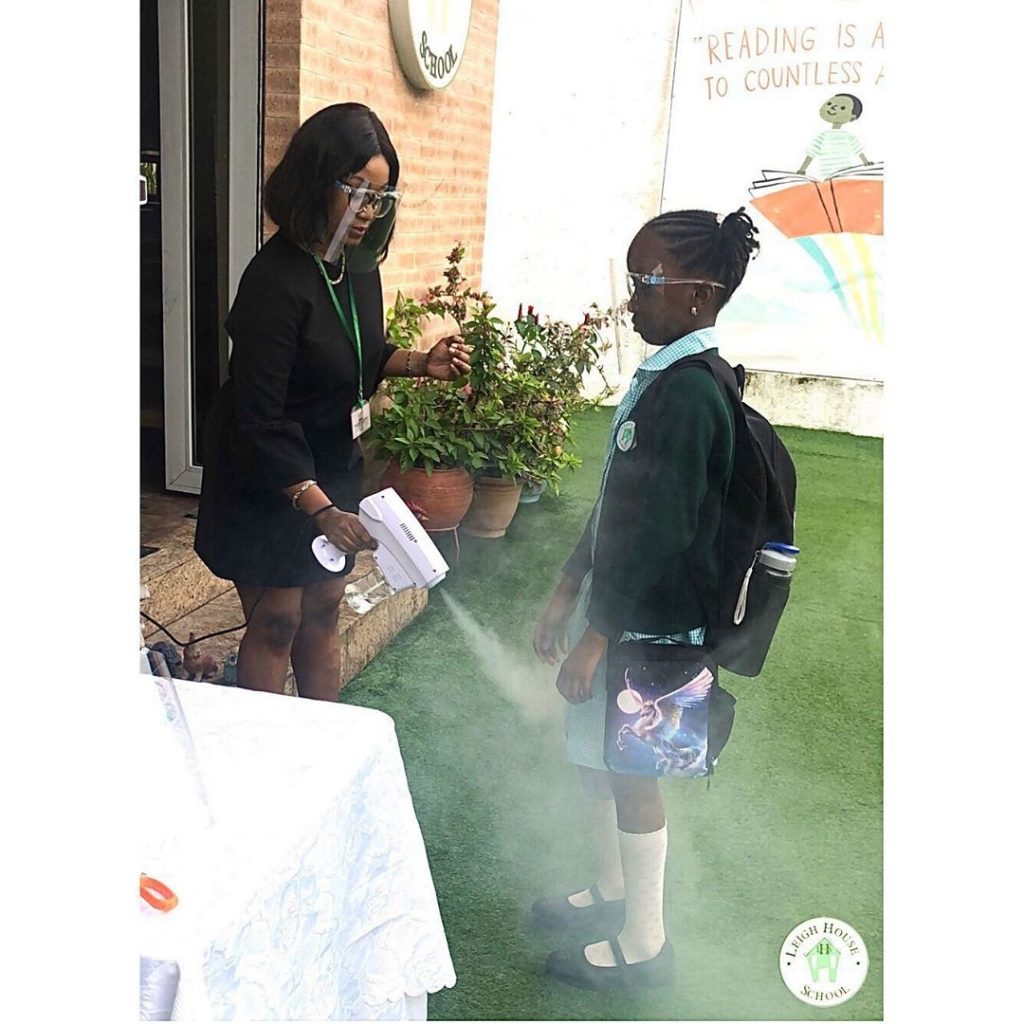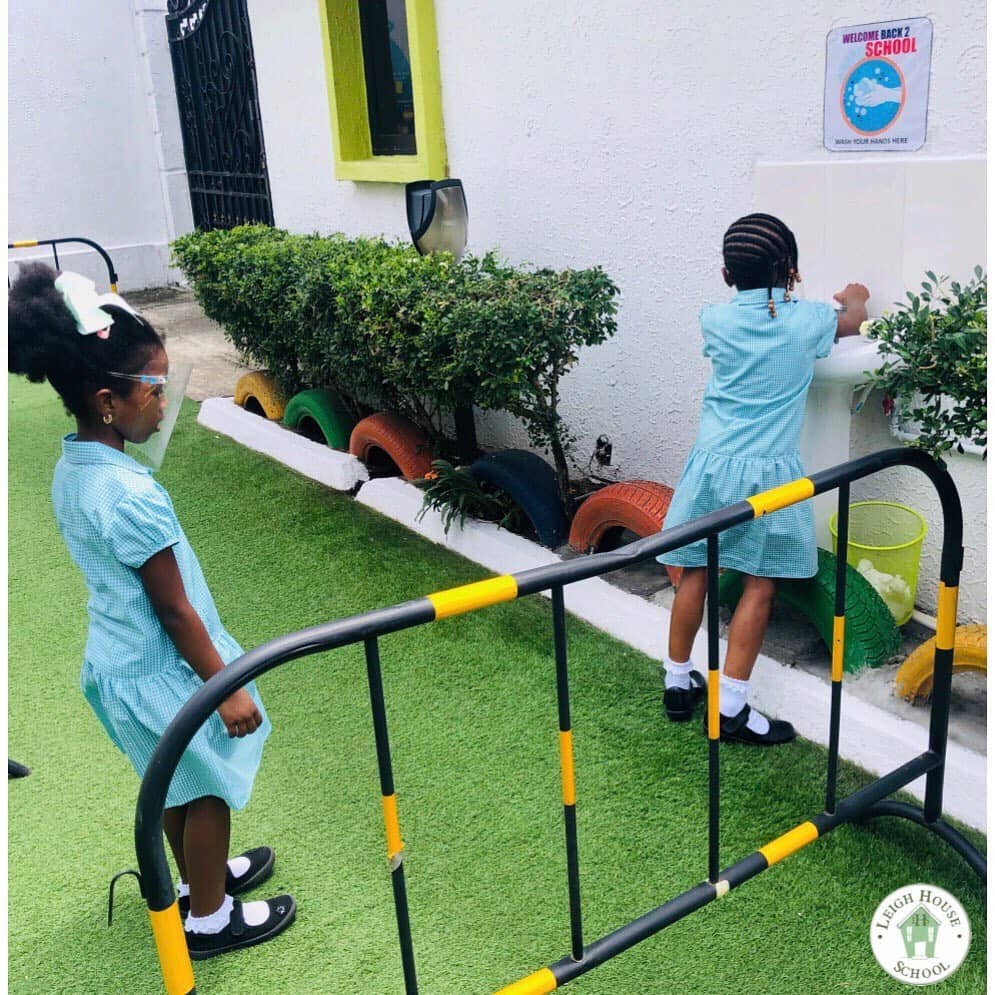
Schools, universities, and other educational institutions were closed early this year as a preventive measure to stop the spread of COVID-19. This affected more than 90% of the student population in the world. During this period, schools – both government and private owned worked towards ensuring continuity in learning through various alternative methods like e-learning, TV, and radio. While most of the schools were able to provide learning to the students as reported in the SchoolsCompass COVID-19 report, we still need to ensure the full reopening of schools for in-school learning.
It is no news that schools in Nigeria have been asked to open, meaning education stakeholders around the country should prepare for in-school learning. In a webinar by UNESCO on preparing for and managing the reopening of schools, the keynote speaker, Suzanne Grant Lewis – director of IIEP-UNESCO, she said that ‘Despite the uncertainty about the end of the pandemic, we must start planning the reopening of schools now,’
If there is one thing we can say this period has taught us, it is that we still have a long way to go when it comes to delivering online education. Despite the challenges faced during the pandemic, it allowed us to rethink how we can provide education in a long term and prepare the system to deal with future crises.

In her speech, Ms. Grant Lewis advised that every stakeholder should focus on the reopening of schools; establishing three questions that the government and other stakeholders need to ask themselves before opening schools back.
1. Timing: when can schools reopen?
Even without being told, we know that the major priority right now is to ensure the safety and well-being of students, teachers, parents, and other education personnel. The school should be able to protect not only the physical but mental health of everyone in their community. This implies asking if the opening of schools won’t cause an increase in the cases of COVID-19, if the schools can provide necessary hygiene facilities, reduce class sizes, maintain social distancing, and like some schools are adopting now, having two sessions – morning and afternoon session.
2. Conditions: what pre-conditions must be met before schools reopen?
In the case of a pandemic like this, the Ministry of Health would work together with the Ministry of Education in setting up guidelines that schools should follow. The health guidelines established by NCDC must be followed to ensure the successful reopening of schools. The implementation of safety guidelines by the school; provision of soap and running water to wash their hands, alcohol-based sanitizers, small-sized classrooms, and social distancing.

In the COVID-19 report written by SchoolsCompass, some stakeholders suggest schools should work in two sessions, morning and afternoon sessions so that it will reduce the number of students in the school at a time.
3. Processes: how can states organize the reopening of schools on a practical level?
According to Ms. Grant Lewis, ‘When it comes to reopening schools, the “consult, coordinate, and communicate” approach is key,’ she continues, ‘It is critical to build trust among all stakeholders. This can be achieved through communication within the school community and back-to-school campaigns targeting those children most at risk of dropping out of education permanently.’ Looking at the process followed by the reopening of schools in the country, one would agree that every stakeholder was involved, the government, school owners, teachers, parents, and students.

The gap between the learned and the unlearned learners during this pandemic was sadly high. Government has a role to play in providing infrastructure and making online facilities available to the majority of learners for them to meet up. Seeing how e-learning was able to help some students learn at home, stakeholders are proposing that schools should implement a “hybrid” model of learning for their students which involves both conventional and online learning.

[…] Last year was an unusual and challenging one for most schools. It became difficult to plan ahead, as uncertainty loomed in the country. But while this was happening, students were still able to learn without being disturbed. This was all owned to the fact that a new system of learning was improvised by schools, which is the hybrid system of learning. […]